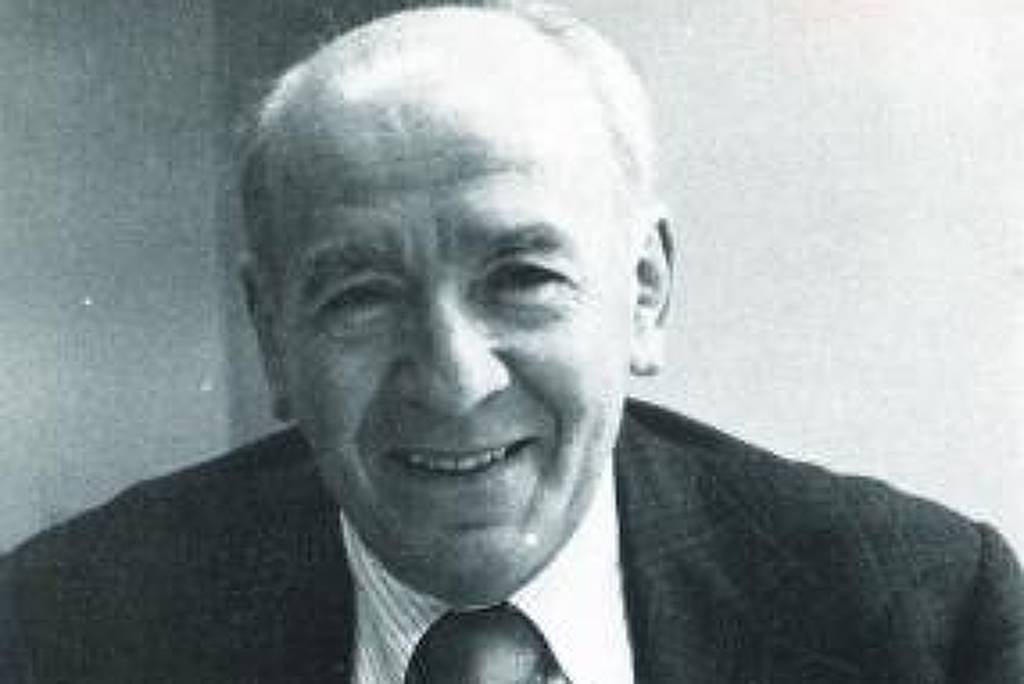
Consider a straight line segment of length 1. Divide it into three parts of equal length and remove the middle part. You’re left with two segments of 1/3 length, right? Next, divide each of these segments into three parts of equal length and remove the middle part. This leaves four segments of length 1/9. Again, divide each of these segments into three equal parts and remove the middle part. The result is 8 segments of length 1/27. and so on. The last of these infinite operations is called the Cantor set, after Georg Cantor (1845-1918), who introduced the concept in 1883.
In 1974, doctoral student Douglas Hofstadter conjectured that the energy levels of electrons trapped in a crystal under the action of a magnet form a Cantor set when the magnetic flux is irrational. His fellow physicists found the idea strange (“Numerology!”). And he didn’t know how to prove it was true.
A few years later, in 1981, two mathematicians met for lunch to discuss the Hofstadter conjecture. Mark Kak (1914-1984) and Barry Simon had studied models of the Schrödinger equation and, based on their own research, concluded that Hofstadter was probably correct. But they also didn’t know how to prove this conjecture. Mr. Kak guessed it would be so difficult that he offered to pay 10 martinis to anyone who could do it. Simon promoted this offer and the “10 Martini Problem” was born.
The following year, Simon was able to partially break through the problem, and Kuck paid him three martinis. But when Mr. Kak died in 1984, the problem remained unresolved, and would persist for the next 20 years. It’s not for lack of effort.
Ukrainian mathematician Svetlana Zhitomirskaya has been working on this topic for years. But by 2003, she was discouraged. The previous year, Spaniard Joaquim Puig had solved most of the flux value problems. And the worst part is that he used her job for this! “I wanted to punch myself. I did all the hard work and then he came in and found this great solution.”
Suppose that a young Brazilian mathematician, Arthur Ávila, who was only 24 years old at the time, offered to help with the rest of the case. “I explained to him that it would be difficult and time-consuming, and no one would care,” says Svetlana. They went ahead anyway and it worked. They quickly solved one of the most relevant and difficult problems in mathematical physics. This collaborative research was published in 2005 in Annals of Mathematics, the most prestigious journal in mathematics. And solving the 10-martini problem would be one of Arthur’s most-mentioned achievements when he won the Fields Medal in 2014.
Did you celebrate with a martini? “Of course. There were lots of martinis and other celebratory drinks,” Svetlana explained with a smile.
However, for the aesthetic sensibilities of mathematicians, this solution was still not satisfactory. This is because it consisted of several different arguments, each valid for different values of magnetic flux. It would be much better if there was a single argument that unified all cases…
The story continues.
Link exists: Did you like this text? Subscribers can access it for free up to 7 times a day from any link. Click on the blue “F” below.



